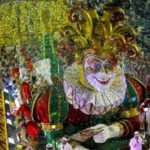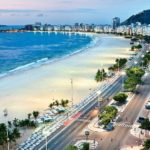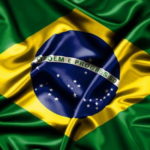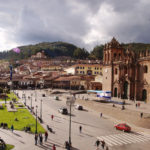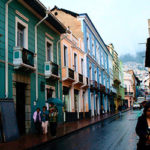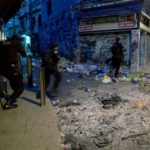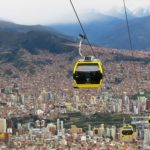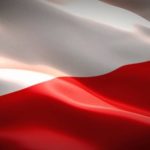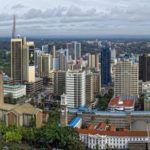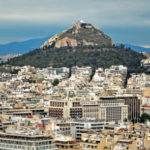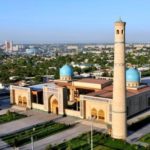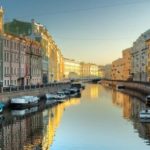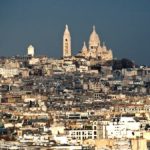20 interesting facts about Rio de Janeiro
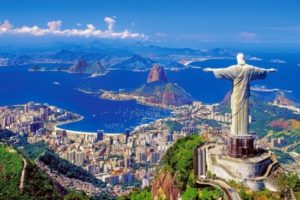 The brilliant Brazilian city of Rio de Janeiro, contrary to popular belief, is not the capital of this hot country. However, he surpasses this very capital in almost all respects, not to mention the famous annual festival, to which tourists flock to from all over the world.
The brilliant Brazilian city of Rio de Janeiro, contrary to popular belief, is not the capital of this hot country. However, he surpasses this very capital in almost all respects, not to mention the famous annual festival, to which tourists flock to from all over the world.
Bicycles are very popular here, and for cyclists around the city laid about 75 km of individual bike paths.
In Rio de Janeiro, the law permits the intersection of red light at night without stopping. The reason is simple – a car stopped on an empty night street can easily be robbed.
Rio de Janeiro has the oldest tram line in all of South America, launched back in 1896. By the way, it still works.
Most of the buildings here are painted with graffiti to a height of two to three floors.
Residents of Rio de Janeiro call themselves “carioca”. This word means precisely the townspeople, and not the Brazilians as a whole.
The largest forest in the world among those located within the city is located in Rio de Janeiro.
The population of Rio de Janeiro is known to the authorities only approximately, since it is decidedly impossible to calculate how many people live in favelas, local slums.
In the Gulf of Guanabara, on the banks of which this city stands, there are more than a hundred islands.
The symbol of Rio de Janeiro is a giant statue of Christ the Redeemer, towering above the city. Its height from the base to the top is 38 meters, and it was built for nine years, while importing building materials from Sweden.
Sometimes even icebergs from Antarctica swam here, and they can be seen near the coast. But this is rare.
The famous annual carnival in Rio de Janeiro is the largest in the world. More than 2 million people officially participate in it annually, and unofficially – even more.
About 30% of the total flow of goods entering South America passes through the seaport of Rio de Janeiro.
Unfortunately, it is quite dangerous here, and not only at night. There are a lot of police in Rio de Janeiro, but she is not coping with security. Several times the city authorities were even forced to ask the army to send regular troops into the city in order to restore order. The last time this happened in 2018.
Scientists have found that it is over Rio de Janeiro that the sky looks bluer than anywhere else in the world.
During the Napoleonic Wars, Brazil was still a colony of Portugal, and it was here, in Rio de Janeiro, that the royal family of this country fled, fleeing Napoleon. She stayed here for 12 years, and during this period, Rio de Janeiro was officially the Portuguese capital. This, incidentally, is the only case in the world when the capital of a European country was located outside Europe.
Over the entire history of observations, the air temperature in Rio de Janeiro has never dropped below the mark of plus 6 degrees.
This city used to be called San Sebastian de Rio de Janeiro.
The above-mentioned statue of Christ in Rio is included in the list of Seven New Wonders of the World.
Translated from Portuguese, Rio de Janeiro means “January River”. But there is no river here, just the Portuguese, having arrived here for the first time, mistook the bay for a river mouth.
There are more than a thousand favelas, that is, slums. In many of them, even the police do not run the risk of meddling.
